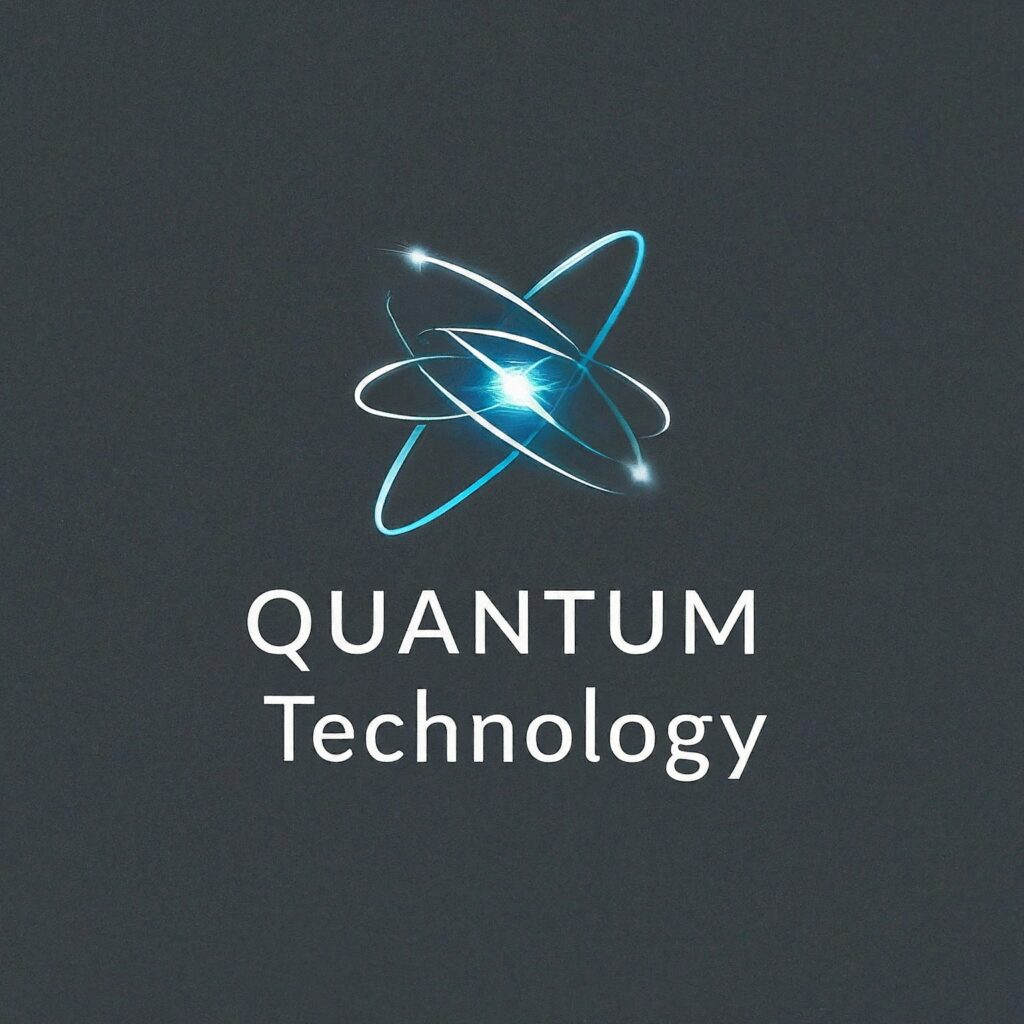In a landmark advancement for the rapidly evolving field of quantum computing, researchers from the University of Stuttgart have unveiled five fundamental patterns designed to streamline the development of quantum algorithms. Presented at the 1st International Conference on Quantum Software (IQSOFT 2025), the study titled “Fundamental Patterns for Composing Quantum Algorithms” proposes a structured, reusable framework to support quantum software engineers and researchers in designing more efficient, scalable quantum programs.
Quantum computing, poised to revolutionize sectors like finance, cryptography, and machine learning, still suffers from a lack of standardized documentation, repeatable development practices, and reusable subroutine components. Addressing this gap, the team—Lavinia Stiliadou, Johanna Barzen, Martin Beisel, Frank Leymann, and Benjamin Weder—has contributed a major extension to the existing “Quantum Computing Pattern Language,” originally introduced by Leymann in 2019.
Reusable Patterns: A Game Changer
The concept draws on the notion of “pattern languages,” a methodology popularized in software architecture to abstract and document best practices. Similar to classical programming where developers rely on design patterns, this quantum pattern language defines modular subcomponents or “patterns” that can be assembled to form complete quantum algorithms.
In this latest contribution, the authors document five novel and foundational patterns:
-
Hadamard Test – A method for estimating the real and imaginary parts of an expectation value ⟨ψ|U|ψ⟩ for a unitary operator U and quantum state ψ. The pattern introduces an ancilla qubit, phase-kickback effects, and controlled operations, enabling efficient gradient estimation for variational quantum algorithms.
-
SWAP Test – A widely-used technique for calculating the similarity (fidelity) between two quantum states. It employs controlled SWAP gates and an ancilla-based Hadamard transformation, essential in quantum classification, clustering, and entanglement detection.
-
Quantum Fourier Transform (QFT) – A cornerstone of quantum algorithms like Shor’s factoring method, this pattern provides a log-linear time Fourier transformation of quantum states, leveraging phase-shift and controlled-rotation gates to extract frequency components from input data.
-
Mid-Circuit Measurement – A pragmatic solution to resource constraints in quantum hardware. This pattern allows partial measurement of qubits during execution, enabling conditional resets and efficient qubit reuse, especially important in near-term quantum devices.
-
Dynamic Circuit – Building on mid-circuit measurement, this pattern allows the quantum computation path to adapt during execution based on measured outcomes. It supports real-time decision-making and optimization, essential for error correction, adaptive algorithms, and circuit depth reduction.
Patterns with a Purpose
These patterns are not abstract constructs—they are rooted in practical application and real-world deployment. From variational quantum support vector machines and quantum neural networks to quantum JPEG compression and entanglement tests, each pattern is demonstrated with concrete use cases from recent literature. For example, the SWAP Test has been employed to verify entanglement and build quantum classifiers, while the Hadamard Test has found application in computing the Jones polynomial and evaluating tensor networks.
Furthermore, each pattern follows a rigorous documentation structure: starting with a problem statement, followed by context, implementation forces, solution strategy, visual circuit sketch, and finally, real-world applications and linked patterns. This meticulous format ensures the framework’s usability across quantum disciplines and experience levels.
Impact and Limitations
While the proposed patterns offer significant advantages in modularity, understandability, and reuse, the authors acknowledge technical constraints. Notably, mid-circuit measurements and dynamic circuit functionalities are not universally supported across all quantum hardware platforms and development frameworks. Only a few toolkits—like IBM’s Qiskit and Pennylane—currently allow such dynamic behavior, which may limit adoption in the short term.
Despite this, the team emphasizes that the formalization of these patterns marks a critical step forward. They not only simplify the design and automation of quantum applications but also foster a shared vocabulary among quantum researchers, developers, and tool vendors. Additionally, the patterns are made available through the PlanQK Pattern Atlas, a collaborative platform for documenting and sharing pattern languages.
Looking Ahead
This expansion of the Quantum Computing Pattern Language sets the stage for broader collaboration between academia and industry. As quantum technologies inch closer to practical utility, the demand for robust software engineering practices grows exponentially. The authors propose ongoing work to identify additional best practices, particularly from emerging algorithms and hybrid quantum-classical workflows.
As quantum systems mature from lab prototypes to enterprise-grade platforms, reusable architectural building blocks—like those introduced in this study—could become the foundation upon which future quantum breakthroughs are built.
